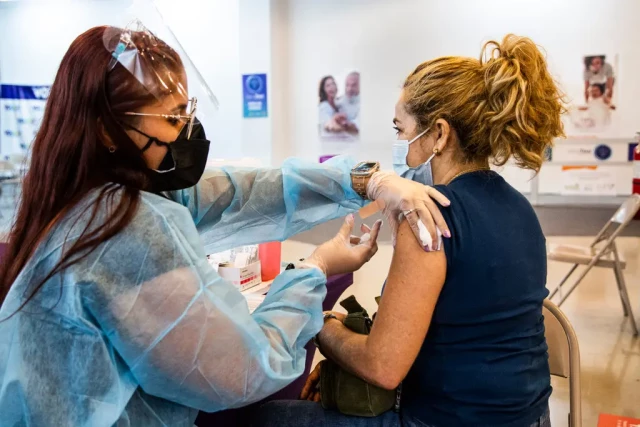The United States has witnessed a significant increase in COVID-19 infections across the country in recent weeks, primarily driven by new variants and exacerbated by hot summer weather.
Wastewater viral activity levels have reached their highest point since July 2022, indicating a "very high" level of COVID-19 spread nationally, particularly in the Western United States.
Emergency room visits and hospitalisations due to COVID-19 have also increased, surpassing last summer's heights.
The current surge is continuing to rise as extreme heat forces people indoors, where the virus spreads more easily, and as many precautions have been largely abandoned.
California and Arizona have emerged as focal points of concern, with high COVID-19 levels comparable to the peak of the winter surge earlier this year.
Public health experts attributed the latest surge in COVID-19 cases to a group of highly infectious FLiRT subvariants of Omicron, which accounted for the majority of cases in the United States in early July.
Factors contributing to the surge included increased human mobility during the summer months, high temperatures, and the use of air conditioning.
Experts warned that the start of the school year could further fuel the summer surge.
The CDC has recommended that everyone over the age of six months get the updated COVID-19 booster, but the effectiveness of current vaccines against the KP.3 variant remains uncertain.




















